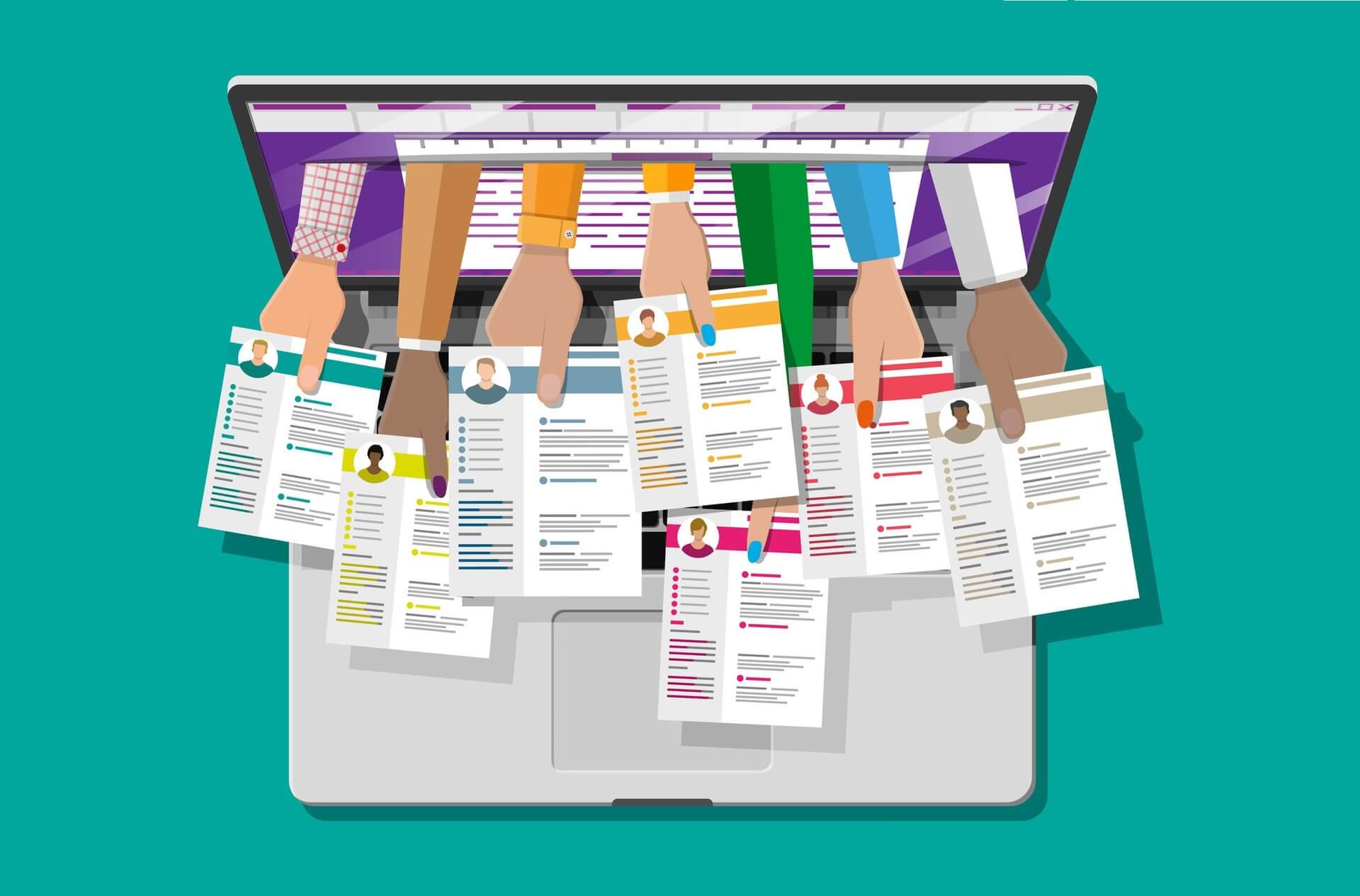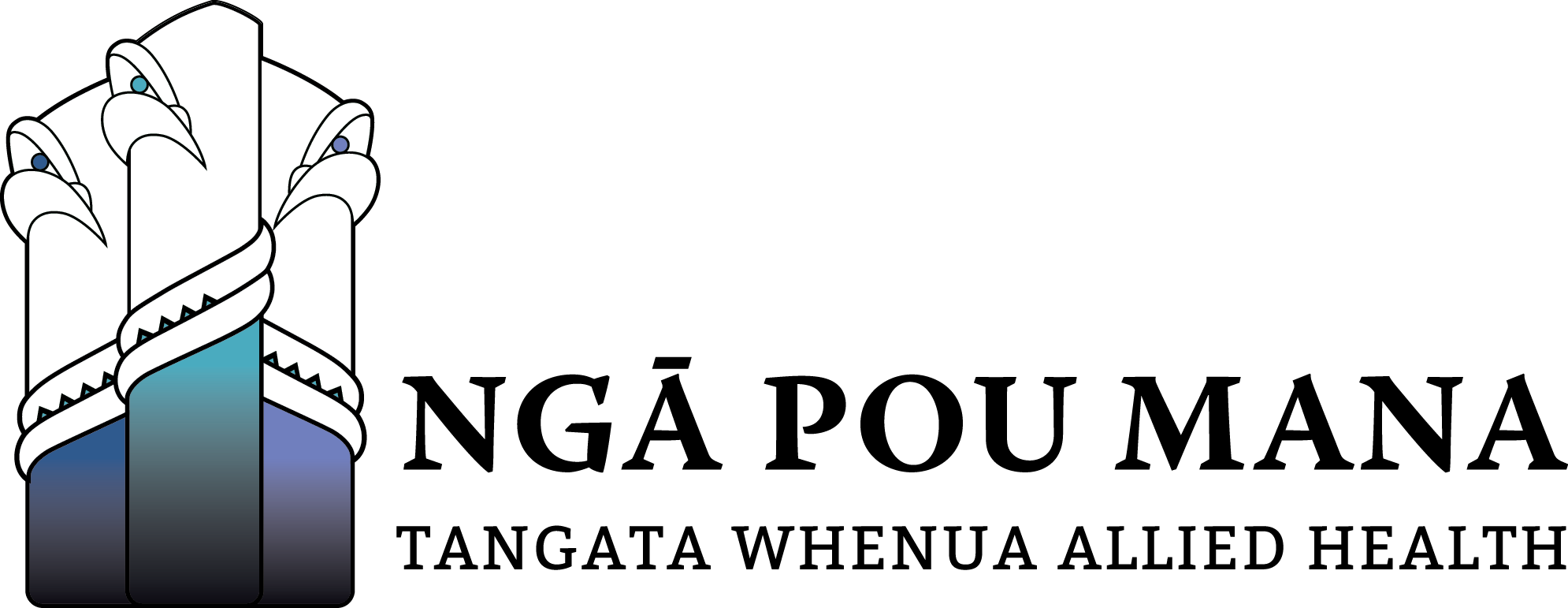How to write a chronological CV
1. Contact information
Your name, address, phone number and email.
2. Objective or personal profile
Either be a statement about your employment goals - or an overview of you and what you bring to a job and employer.
It should be 3-4 sentences at the top of page one of your CV.
3. Employment history
In most cases, this is the largest section of your CV.
Starting with the most recent job, list each job you’ve had including job title, employer, dates and a list of key responsibilities and achievements. You can use less detail for jobs that were a long time ago.
Each role in your employment history will look something like this:
Your Job Title, Your Employer, Feb 2018 - Oct 2020
4. Key skills/strengths
This section of your CV is a snapshot of your skills and could look something like this:
Retail Customer Service Officer, Woolworths, Feb 2018 - Oct 2020
Key skills and strengths
- Customer service
- Sales
- Cash handling
- Front desk duties
- Bookkeeping
- Phone and face-to-face communication
5. Education and qualifications
This is where you list details of your education, qualifications and any training courses you have completed.
You should include the name of the course/qualification, the organisation/institution were you studied and the date the course was completed.
If you are still studying, you can include an ‘expected completion date’ or write ‘current’ next to this course.
6. Additional information
This is where you list any extra information you’d like to share with the potential employer.
This could be interests, hobbies, volunteer or community work or anything else that is relevant to your job application that isn’t included elsewhere in your CV. What you include here is up to you.
7. References
In most cases, this section should simply read ‘References available on request’.
Unless the job you’re applying for requires referee details early in the recruitment process, generally your referees would only be contacted towards the end of the application and recruitment process.
To avoid having multiple people call your referees without your knowledge, don’t include all of their contact details in your CV.





